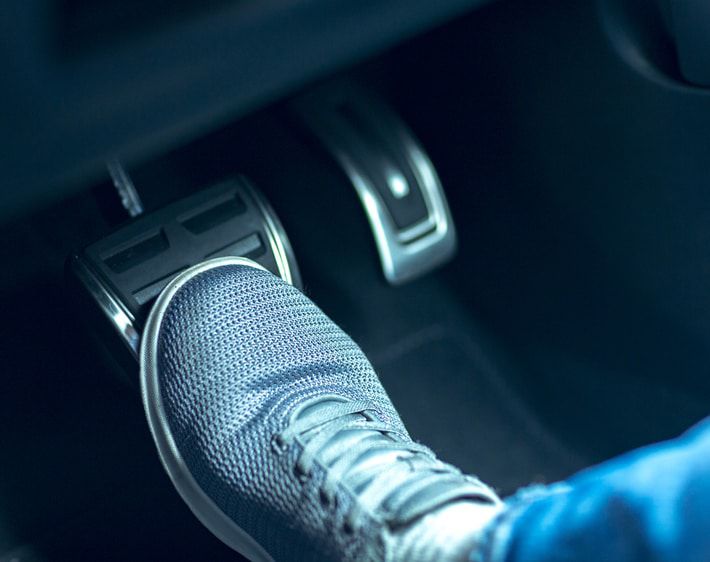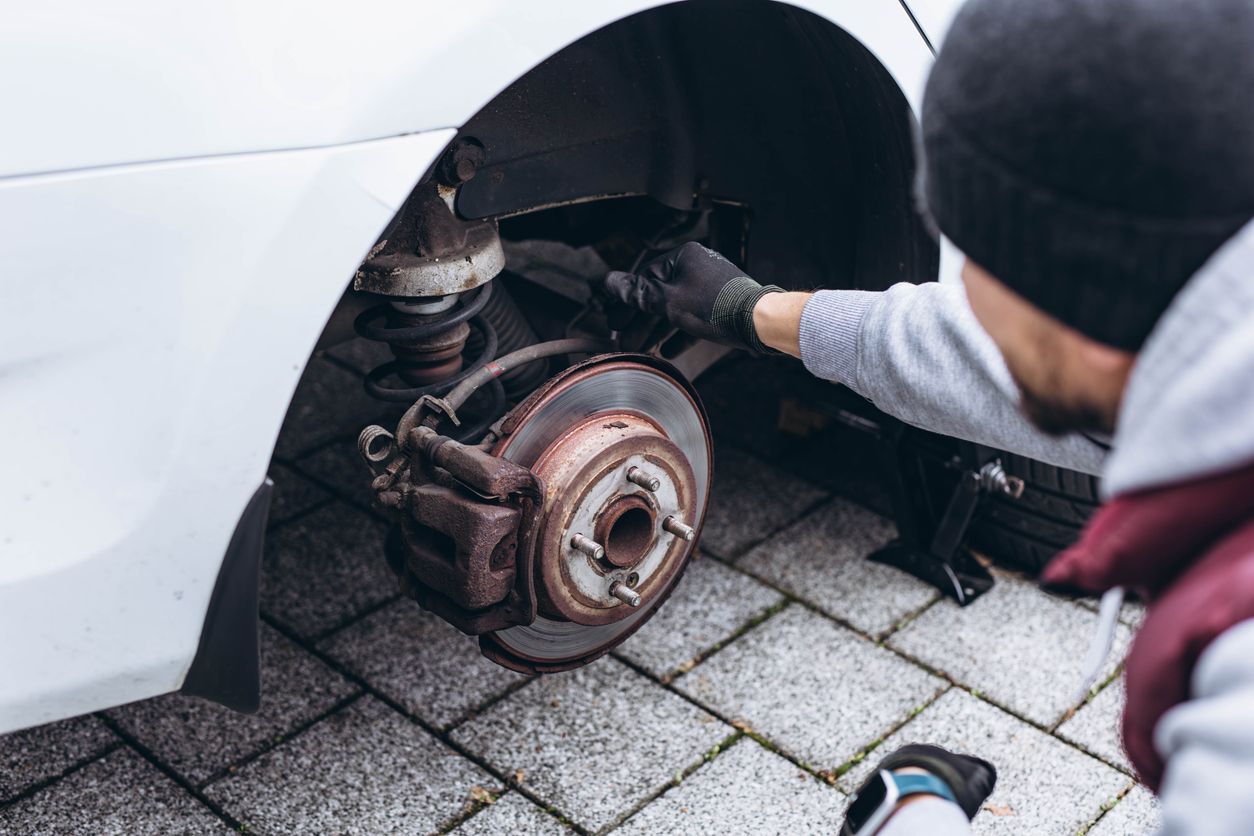When it comes to stopping safely, your braking system needs to work as hard as you do. But over time, heat, friction, and heavy use can wear your brake pads down in many different ways. One of the most common issues is a problem called “brake glazing.”
So, what does it mean when brakes are glazed? Is it dangerous? What are the signs? Let’s break it all down and help you get the stopping power you need.
What Are Glazed Brakes?
Glazed brakes refer to brake pads that have developed a smooth, shiny surface from excessive heat and friction. This hard, glass-like finish reduces the pads’ ability to grip the brake disc, which can seriously affect your ability to stop.
Are Glazed Brakes Dangerous?
Yes, glazed brakes can compromise your stopping distance, control, and overall safety. You may find yourself pressing harder on the brake pedal just to slow down. And in an emergency braking situation, every second counts.
What Do Glazed Brakes Look Like?
If you were to remove your wheel and take a look at the surface of the brake rotors, glazed components often appear:
- Shiny, mirror-like, or glassy
- Discolored or bluish, a sign of excessive heat
- Smooth to the touch, with little visible texture or grit
In contrast, healthy brake rotors typically have a more matte, gritty surface that helps create the friction needed to stop your vehicle.
Symptoms of Glazed Brake Pads
Not sure if you’re dealing with brake glazing? Watch, feel, and listen for these common symptoms:
- Squeaking or squealing when braking
- Reduced braking performance or slow response
- Vibration when braking, especially at high speeds
- Soft or “spongy” brake pedal feel
- A strong burning smell after heavy braking
If you’re experiencing any of these issues, it's likely time for a professional brake inspection at your local Firestone Complete Auto Care.
What Causes Glazed Brakes?
Brake glazing happens when parts of your braking system get pushed past their limits. Common causes include:
- Riding the brakes – keeping your foot on the brake pedal longer than needed
- Frequent hard stops
- Overloaded vehicles that place more demand on the brakes
- High speeds and aggressive braking
- Worn-out or low-quality brake components
Over time, the friction materials on the surface of the brake pads can harden, polish, and lose their bite. That leaves you with less control and more risk. If you’ve noticed your brake warning light, that could be another red flag.
How to Fix and Prevent Glazed Brakes
If your brakes are already glazed, the best solution is often to replace the brake pads and sometimes rotors, depending on the severity. Sometimes, light glazing can be corrected by resurfacing discs, but it’s often safer and more effective to install new components.
Tips to Prevent Brake Glazing
- Avoid riding the brakes. Use engine braking when possible
- Brake smoothly and evenly, especially at high speeds
- Don’t overload your vehicle beyond its rated capacity
- Invest in high-quality brake pad materials designed to withstand heat
- Stick to your regular maintenance schedule
Firestone Complete Auto Care Has You Covered
At Firestone Complete Auto Care, we know how much you depend on your brakes, and we take that responsibility seriously. Whether you’re dealing with squeaky pads, a soft pedal, or the signs of glazing, we offer a full range of brake services to keep you in control:
- Professional brake inspections
- Brake pad and rotor replacements
- Brake fluid checks and flushes
- Anti-lock braking system (ABS) diagnostics
- Recommendations for heat-resistant brake pad materials
Don’t Let Glazed Brakes Put You at Risk
If your brakes feel unresponsive or make unusual noises, don’t ignore the warning signs. Glazed brakes can compromise your safety. Visit your nearest Firestone Complete Auto Care or schedule your appointment online for a professional brake inspection and service to keep your stopping power strong and reliable.
Because when something’s worth doing, it’s worth doing right.


